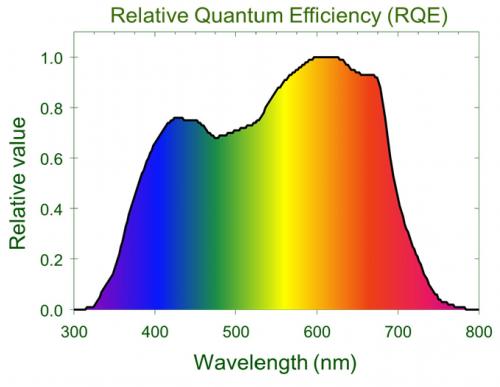par watts is the electrical watts x eff % and then also i take away 10% for reflector losses
so
(229 x .6401) x 0.9= 131.92461 par watts(so thats 13 par watts per sq ft)
par watts(131.92461)/ (60cmx90cm/10000)= par watts per m2
par watts per m2 x 4.65(the conversion for par watts to ppf for the 3500k cree)= ppfd=852.01
Gotcha, thanks!
You're calculating for m2, while I was looking at the 2x2 = 4 sqft, less than 40% of that area.
Do you happen to know the PAR watt conversion factor for Vero18s?
I'm guessing roughly 4.0? I'm estimating PAR watts at about 40% of draw wattage, too, with MW drivers ... ?

 Thanks a ton Dion!
Thanks a ton Dion!





